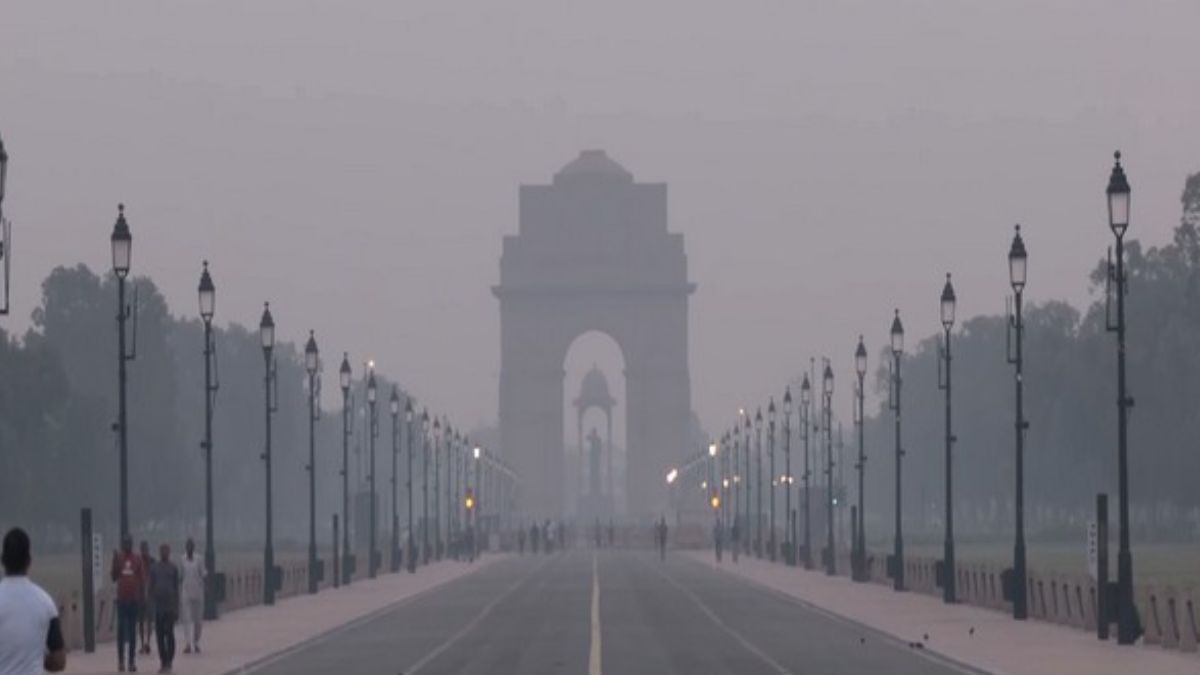As Diwali kicks in, the air quality of the National Capital worsens. With AQI crossing the 300 mark, Delhi is witnessing the worst pollution level. After the announcement that Delhi will be using only green crackers to celebrate Diwali, the Commission of Air Quality Management (CAQM) has activated Stage II of Graded Response Action Plan (GRAP) across Delhi. This anti-pollution measure has been invoked as Delhi air quality has been reduced to the “very poor” category.
Further deterioration is expected in the coming days. As forecasted by the Indian Meteorological Department (IMD) and the Institute of Tropical Meteorology (IITM) the situation will worsen and the move came after reviewing the situation.
The panel after the review meeting on air quality, advised all the implementing agencies to cause strict action accounting to the dust mitigation and setting up a timeline to curb the air pollution in the NCR region.
In addition to GRAP Stage I, the Stage I is already in action since October 14 after looking at the air quality. “The AQI of Delhi has shown an increasing trend since morning and has been recorded as 296 at 4 pm and 302 at 7 pm,” the CAQM said, instructing the authorities to enforce all Stage II measures immediately.
GRAP categorizes into four stages: Stage I (Poor) with AQI between 201 and 300, Stage II (Very Poor) between 301 and 400, Stage III (Severe) between 401 and 450, and Stage IV (Severe Plus) for AQI above 450.
Impact Shorts
More ShortsAs the air quality reaches the “very poor” mark, Stage II bans the most non-essential construction taking place, along with the demolition activities. Intensified mechanized road sweeping and water sprinkling to suppress dust, increased frequency of public transport. The Stage also enforces ban on coal and firewood including tandoors in Hotels except for certain emergency areas.
Services are being provided to guards, sanitation workers to prevent burning of biomass and solid waste. Authorities also advised residents to follow the steps listed to combat the air quality index.
GRAP II assists in effective implementation aimed at providing sustainable and improving air quality in the region. According to Doctors, the air quality in Delhi is harmful for children as it is equivalent to smoking 10 cigarettes a day.
The reason for the worsening air quality is the pollution along with the paddy-straw burning which sources to hazardous air quality level. The action plan will help asthma and patients who are suffering from bronchitis with respiratory problems. This reduces the risk of cardiovascular disease.
(With inputs from PTI)
)